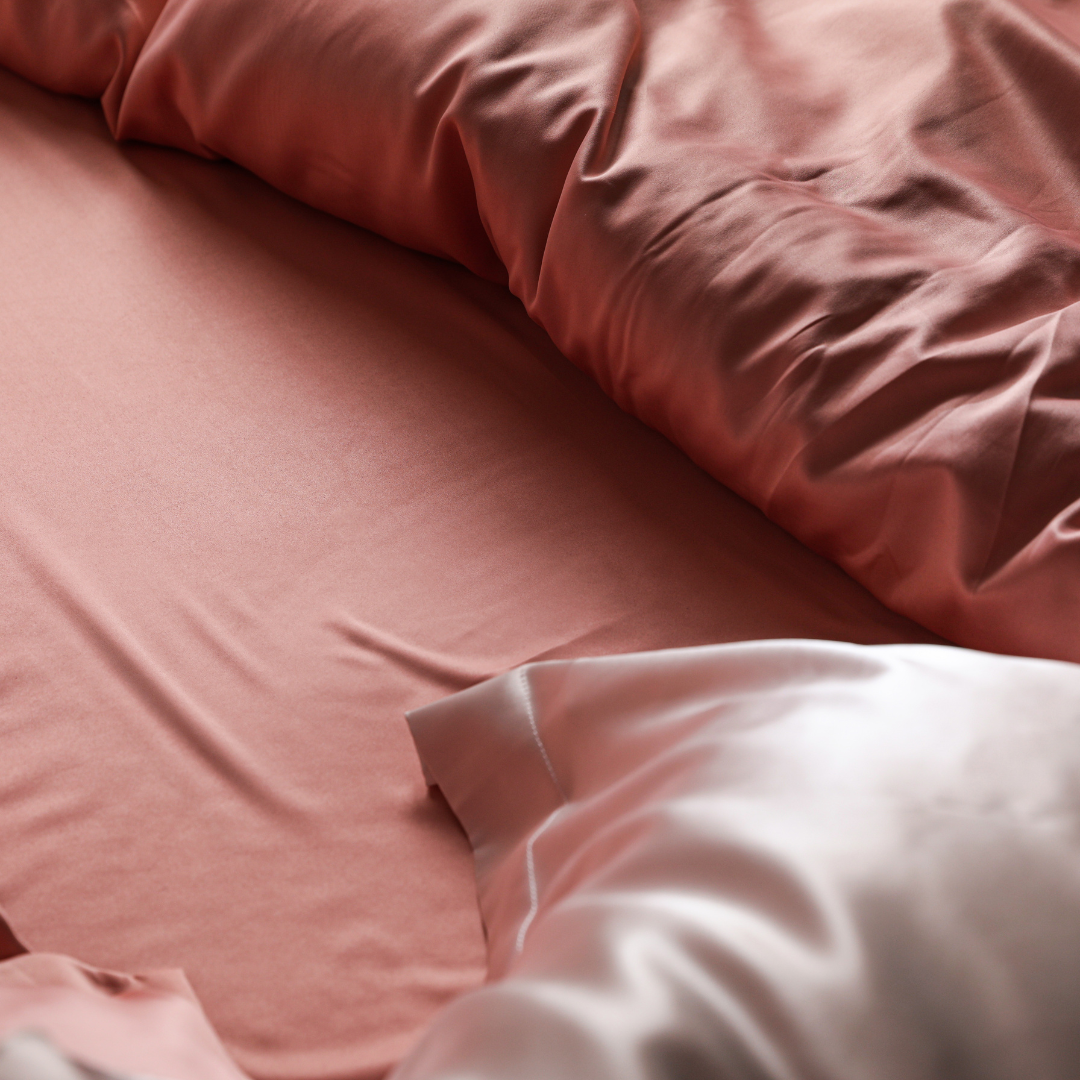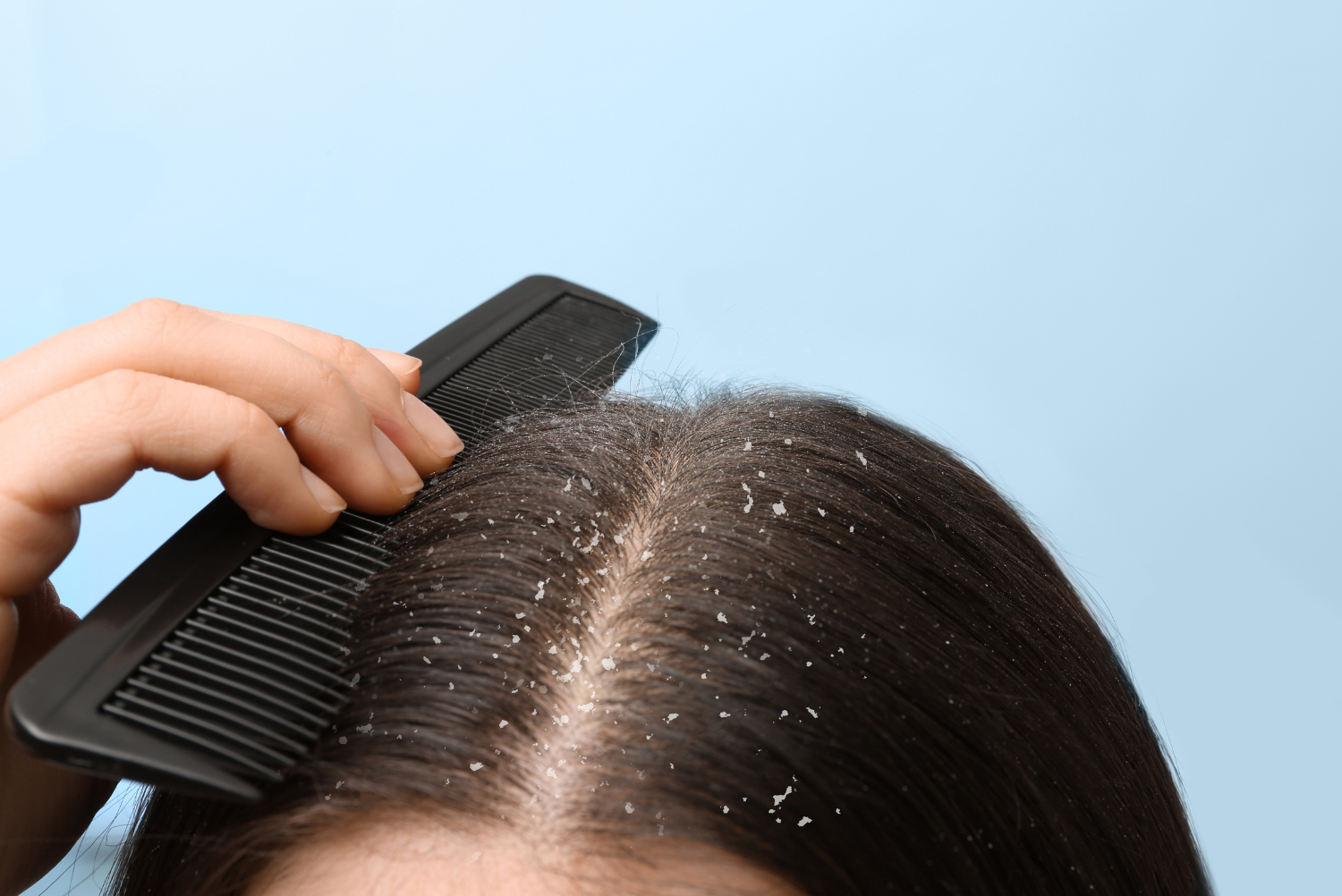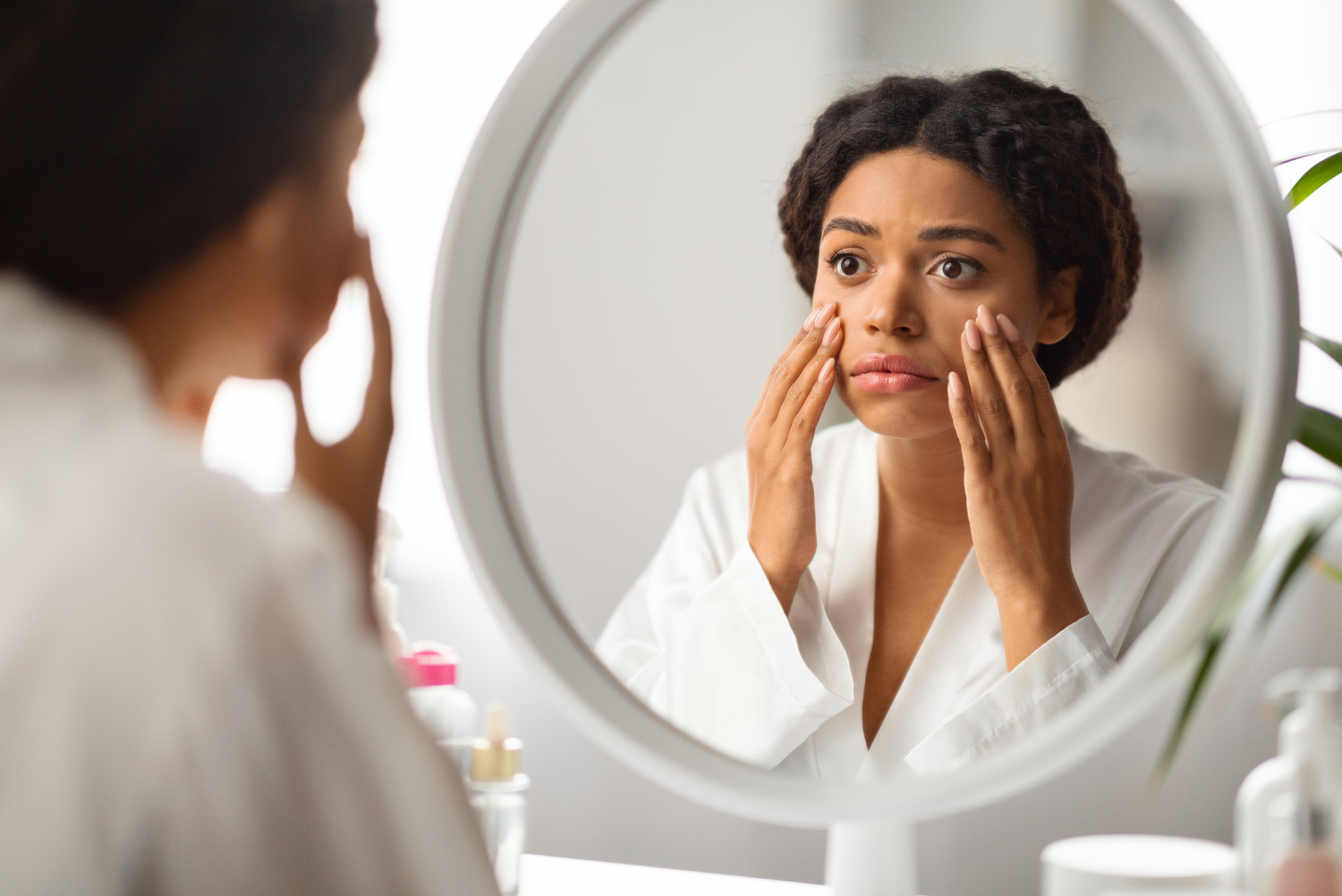
Ever wake up with your hair looking like a bird's nest, frizzy and all over the place? Or maybe you've noticed more hair breakage and split ends than usual? If you're nodding along, it might be time to rethink what you’re sleeping on. Believe it or not, the material of your pillowcase can have a big impact on your hair health. Cotton pillowcases might be cozy, but they can cause significant damage to your hair over time. So, if you're experiencing hair loss, thinning, or frizziness, and you're not using silk or satin pillowcases, you might want to stick around and read this.
I used to wake up with tangles and breakage until I discovered the magic of silk and satin pillowcases. Switching to these smooth, hair-friendly materials made a world of difference. My hair felt softer, looked shinier, and I noticed less breakage. In this post, we’ll explore the differences between silk and satin pillowcases, why they are better for your hair, and how to repair any damage if you've been sleeping on the wrong material.
The Problem with Traditional Pillowcase Materials
First, let’s talk about the materials you should avoid. Cotton, polyester, and other rough fabrics are common choices for pillowcases, but they can be detrimental to your hair. Here’s why:
-
Friction and Breakage: Rough materials create friction between your hair and the pillowcase, leading to breakage and split ends.
-
Moisture Loss: Cotton is highly absorbent and can strip your hair of its natural oils, leading to dryness and frizz.
-
Tangles and Knots: The rough texture can cause your hair to tangle and knot while you sleep, making it difficult to manage in the morning.
Benefits of Silk Pillowcases
- Reduced Friction: Silk has a smooth surface that reduces friction, minimizing hair breakage and split ends.
- Moisture Retention: Unlike cotton, silk doesn’t absorb moisture, helping your hair retain its natural oils and hydration.
- Hypoallergenic: Silk is naturally hypoallergenic, which is great for those with sensitive skin or allergies.
Drawbacks of Silk
- Cost: Silk pillowcases can be quite expensive compared to other materials.
- Care: Silk requires delicate care and may need to be hand-washed or washed on a gentle cycle.
Benefits of Satin Pillowcases
- Smooth Surface: Like silk, satin pillowcases have a smooth surface that reduces friction and prevents hair damage.
- Moisture Preservation: Satin doesn’t absorb moisture as much as cotton, helping your hair stay hydrated.
- Affordable: Satin pillowcases are generally more affordable than silk ones.
- Easy Care: Satin is easier to care for and can usually be machine-washed.
Drawbacks of Satin
- Synthetic Fibers: Many satin pillowcases are made from synthetic fibers like polyester, which might not be as breathable as natural fibers.
Which One is Better for Hair?
Both silk and satin pillowcases offer significant benefits for hair care. If budget and care instructions are not a concern, silk is often considered the superior option due to its natural properties. I strongly recommend there 100% Mulberry Silk Pillowcases from Amazon they are so soft and smooth, I wake up and my hair is not frizzy or tangled.
However, satin pillowcases are an excellent alternative that provides many of the same benefits at a more affordable price and with easier maintenance. If you prefer this material, I recommend these Satin Pillowcases, they are the closest to silk I've ever felt.
Repairing Damage from Bad Materials
1. Switch to Silk or Satin
- Making the switch to a silk or satin pillowcase can immediately reduce friction and prevent further damage.
2. Avoid Heat Styling
- Reduce the use of heat styling tools like blow dryers, straighteners, and curling irons. If you must use them, always apply a heat protectant to minimize damage and make things worse.
3. Trim Regularly
- Regular trims can help get rid of split ends and prevent further breakage.
4. Start Hair Oiling
- One of the best treatments for damaged hair is hair oiling. Regularly oiling your hair provides deep nourishment and helps repair damage from the inside out. I highly recommend the Hair Growth Oil from Veenourish. It's made with a ton of amazing ingredients that have been scientifically proven to help your damaged hair. This oil not only helps repair damage but also promotes healthy hair growth, making your hair stronger and more resilient over time.
How to Use the Hair Growth Oil:

-
Application: Apply a few drops to your scalp.
-
Massage: Gently massage the oil into your scalp using circular motions to stimulate blood flow for at least 5 minutes.
-
Duration: Leave it on for at least 30-45 minutes.
-
Rinse: Wash out the oil with a gentle shampoo.
- Frequency: Use the oil 1-2 times a week for best results.
What's in the Hair Growth Oil?
The Hair Growth Oil from Veenourish is packed with powerful ingredients that are scientifically proven to support hair health. Take a look at the benefits of some of them:
- Tea Tree Oil: Known for its antimicrobial properties, tea tree oil helps maintain a healthy scalp environment, reducing dandruff and promoting hair growth.
- Castor Oil: Rich in ricinoleic acid, castor oil boosts blood circulation to the scalp and promotes healthier, stronger hair.
- Rosemary Oil: Stimulates hair follicles, increasing hair growth and preventing hair loss.
- Baobab Oil: Provides deep hydration and nourishment, improving hair elasticity and strength.
- Amla Oil: Packed with vitamin C and antioxidants, amla oil strengthens hair follicles and promotes hair growth.
- Peppermint Oil: Enhances blood circulation to the scalp, promoting hair growth and providing a cooling, soothing sensation.
- Herb Infusion: The oil is infused with rose, chamomile, rosemary, peppermint, lavender, arnica, and more, providing additional nourishment and soothing benefits to the scalp and hair.
Switching to silk or satin pillowcases can make a significant difference in your hair health by reducing friction, preserving moisture, and preventing damage. If you’ve been using traditional pillowcase materials and experiencing hair issues, consider making the switch and incorporating nourishing treatments like the Hair Growth Oil from Veenourish. With the right care and products, you can keep your hair looking and feeling its best. Stay fabulous and enjoy your journey to healthier hair!


